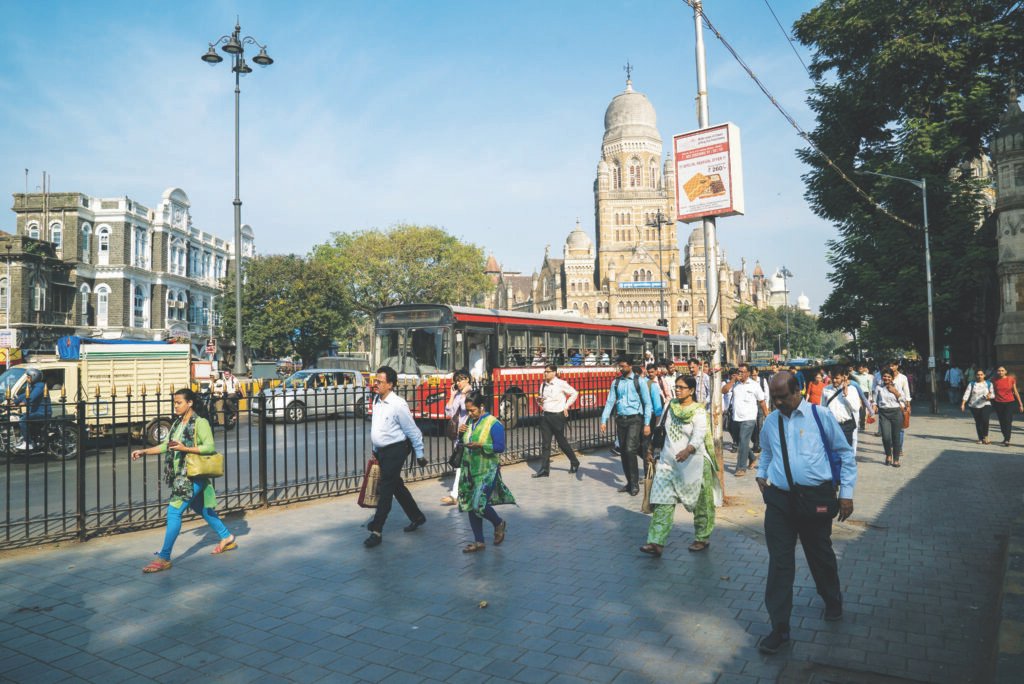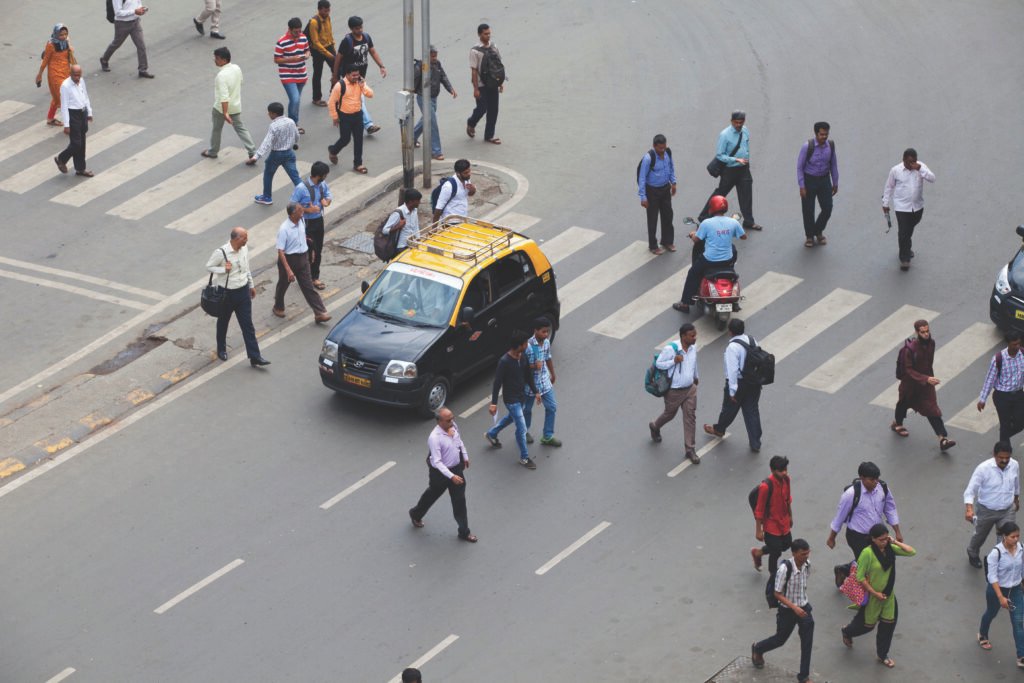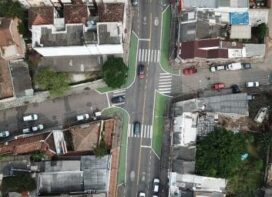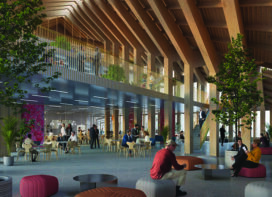
Streets in our cities are built and maintained with a myopic view centered around ensuring a smooth carriageway for motorized vehicles, even though most people in Indian cities walk, cycle, or use public transport. Effective street design needs a holistic approach to address the needs of all road users. There is a need to rethink street design as a multi-disciplinary science combining expertise of civil engineering, urban design, and traffic engineering.
A branch of civil engineering, traffic engineering deals primarily with the safe and efficient movement of vehicles, people, and goods on streets using techniques such as geometric correction, signal design and coordination, and the use of signages and markings. Some key principles of traffic engineering can be adopted to create safer, inclusive, and accessible streets.
Designing for Safe Speeds
Higher speeds on streets increase the likelihood of fatality amongst vulnerable road users by reducing the peripheral vision of the drivers and increasing the stopping distance for them. A pedestrian or a cyclist hit by a vehicle traveling at 30 km/hr has a 90% chance of survival. This can reduce to a mere 15% chance of survival if the vehicle speed is 50 km/hr. It is important to consider and enforce the design speed i.e., the target speed at which the driver is intended to travel on the street, which should not be confused with the maximum operating speed, at which the vehicle would operate in free-flowing conditions.

Counting Volumes
For effective use of space on streets, it is critical to not only count the number of vehicles on the street on a given day but also count the number of pedestrians and cyclists. Determining the volume of motorized vehicles can help identify travel patterns along the corridor and assess the distribution of traffic along different directions in peak hours. Counting pedestrians and tracking their crossing movements can help identify locations frequented by them. Analyzing this data can aid in designing infrastructure that helps users navigate the streets more safely and comfortably.
Orienting & Maintaining Lane Balance

While designing streets, it is important to orient the travel lanes in a manner that allows for the smooth movement of vehicles with gradual turns. Any sharp turn or sudden change in direction increases the risk of a crash. Channelizing traffic movement while maintaining lane balance through a contiguous travel path aids in preventing bottlenecks. This can be done by geometric correction through aligning and extending footpaths and medians. Any residual area that is available on the street after defining a contiguous carriageway and a continuous walkable footpath can be reclaimed for multi-utility zones and public spaces.
Minimizing Conflicts
Providing adequate spaces for pedestrians to stop and cross safely and preventing unpermitted movements through design help avoid conflicts between people on foot and the drivers. In cities, junctions account for a high number of conflicts between people and vehicles since there is movement and interaction of both vehicular and non-vehicular traffic in multiple directions. Simple elements like refuge islands, median refuges (places for people to stop before crossing long distances) with protected kerbs, pedestrian crossings (both at junction and mid-block), and signages can be provided to enhance safety and minimize conflicts between vehicles and pedestrians.
Providing Street Markings & Signages

Street markings and signage enable efficient movement of traffic and inform users about the street conditions in advance. Poor road signs, lack of warnings, or duplicate signboards are a common sight on Indian streets. It is crucial to provide signage in compliance with the guidelines while also assessing the on-ground situation. Parameters such as distance, size, height of the signage, obstructions, etc., must be also considered to ensure that these markings are properly visible to the user, enabling them to take the right action and navigate safely.
Building safe streets that address the diverse needs of road users requires the integration of traffic engineering principles into the current practices. As we reimagine our urban landscapes, it is imperative that we prioritize the creation of streets that not only serve as conduits for vehicles but also as vibrant, secure, and inviting spaces for people to walk, cycle, and socialize.
The above views are from Akanksha Aggarwal Senior Program Associate with the Sustainable Cities and Transport team and Tanushree Venkatraman Communications Manager with the Integrated Transport team, at WRI India.
 TrafficInfraTech Magazine Linking People Places & Progress
TrafficInfraTech Magazine Linking People Places & Progress


